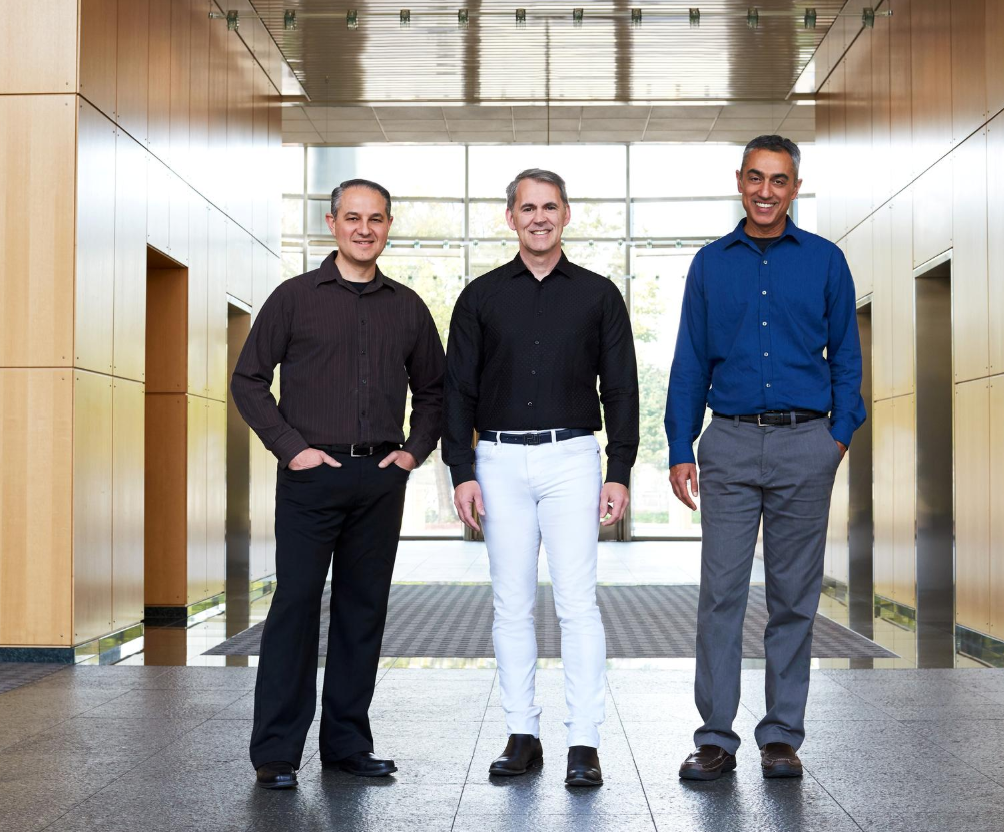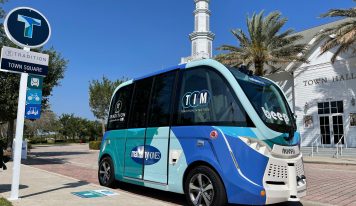We are now entering Silicon Valley 2.0
The performance gains Apple has seen in its ARM-based chips is nothing short of extraordinary. Apple’s chips are as solid as their stores.
Apple computers used to play in the server market but this was not the company’s core competency and they eventually pulled out.
Instead, they focused on amazing consumer devices and were able to develop processors which made incredible performance gains year after year.
Now, the company’s most talented people – along with solid chip designers from Facebook, Google and elsewhere have come together to form Nuvia, to take on Intel in the data center.
If we use the example of hard drives, inexpensive drives in a RAID configuration eventually replaced large, expensive drives.
This is what many people hope ARM can and will continue to do to Intel.
To speed the process along, Nuvia has received a funding round of $53 million led by Capricorn Investment Group, Dell Technologies Capital, Mayfield and WRVI Capital, with additional participation from Nepenthe LLC.

“The world is creating more data than it can process as we become increasingly dependent on high-speed information access, always-on rich media experiences and ubiquitous connectivity,” said Gerard Williams III, CEO, NUVIA. “A step-function increase in compute performance and power efficiency is needed to feed these growing user needs. The timing couldn’t be better to create a new model for high-performance silicon design with the support of a world-class group of investors.”

“The compute-intensive demands of next-generation platforms are stretching the conventional limitations of the semiconductor industry,” said Dipender Saluja, Managing Partner of Capricorn’s Technology Impact Fund. “What’s needed is a new approach to silicon design that provides non-linear increases in performance and energy efficiency. We’re excited to partner with NUVIA on this journey as they realize this promise for the next era of semiconductors and computing.”
Scott Darling, President of Dell Technologies Capital said: “The formation of NUVIA is a prime example of remarkable innovation born in Silicon Valley. The best companies start when founders with outstanding track records of performance come together to identify a big problem and line up the best investment team to help them succeed. As part of that team, we’re focused on providing NUVIA with DTC’s unique value and market leverage.”
“We are witnessing a renaissance of silicon, as with the end of Moore’s Law, new semiconductors are required for a cloud-native, data-dominated, AI-powered IoT world,” said Navin Chaddha, Managing Director of Mayfield. “It is an honor to partner with John, Manu, Gerard and their team as they put silicon back into Silicon Valley.”
The latest iPhone processors are able to turn off cores when not in use – an amazing technology which echos what automakers tried to do with V-8 engines;- making them 4-cylinder engines until all eight were needed. Of course – it’s a lot easier to do with silicon than steel and spark plugs.

Let’s look at the experience of some of the team.
Joe Richards helped start up internal silicon efforts in AR/VR division of Facebook, including setup and automation of design and verification flows; contribution to verification, design and micro-architecture ramp-up of internal IP projects; support and ownership of SOC definition and execution; expanding prototyping efforts for IP projects.

Amit Kumar was a platform architect at Apple and principal scientist at Broadcom.
Gerald Williams III was a senior director in platform architecture at Apple and a fellow at ARM. Osman Koyuncu was an SoC architect at Google and Qualcomm and was at TI for almost ten years. Manu Gulati was a lead SoC architect at Google and SoC micro-architect at Apple. Jon Masters is the Linux guy – he worked at Red Hat and has had years of experience in this OS.
We could go on but you get the idea – this is the A-team of silicon engineers with diverse experience including operating systems, data center devices, AI and IoT.
Predicting success is not easy to do but you certainly can tell an A-team when you see it.
As for Intel, AMD and other competitors – they are better funded and have the distribution channels. The challenge for them and there are many – is cloud vendors do not care where their processors come from, they care about profit, power and heat generation. In other words, if there is a solution from a new company which significantly reduces power consumption or heat, they will be happy to switch.
We call this Silicon Valley 2.0 because it is perhaps the biggest news to hit data center processors since Intel. We are assuming a lot but based on past experience – it seems like a somewhat safe bet.
We don’t expect Intel to be quiet – they did wow us recently with their focus on performance and AI. Then there is NVIDIA, we covered recently that their GPUs are far more efficient for edge-computing solutions than CPUs.
What we know for sure is this is a shot across the bow for all processor vendors – emergency meetings are being called and no one will want to lose market share. In other words, just the news of Nuvia getting funded should generate more of a focus on chip design and efficiency.
Where do organizations with $8.5 billion in total buying power plan their 2020 budgets?
The world’s only ITEXPO #TechSuperShow Feb 12-14, 2020 in Fort Lauderdale, Florida.
This event is unique as it also has a strong focus on IoT through IoT Evolution with collocations focusing on Smart City, IIoT and Intelligent Edge.






